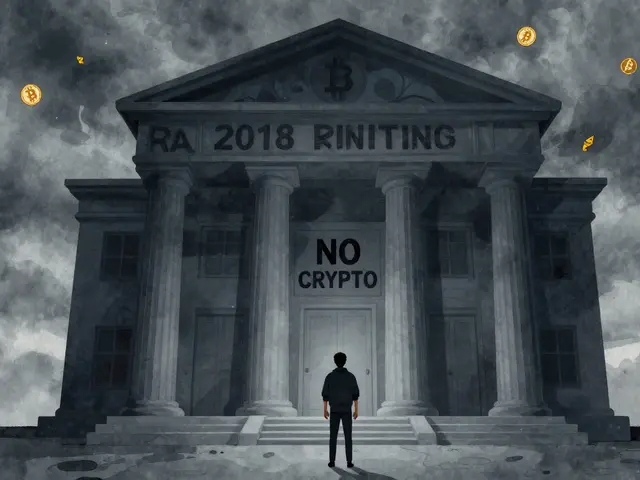Energy Costs of Mining – A Practical Overview
When you start digging into energy costs mining, the electricity and operational expenses tied to cryptocurrency mining activities. Also known as mining energy expenses, it directly impacts a miner’s bottom line and the broader ecosystem. energy costs mining aren’t just a number on a bill; they shape which coins stay viable, how quickly networks can scale, and even the environmental debate around crypto. Proof of Work, a consensus mechanism that requires miners to solve cryptographic puzzles is the primary driver of these costs because each hash consumes power. By contrast, Proof of Stake, a validation method that selects validators based on token holdings rather than computational work slashes energy use dramatically, showing how the choice of consensus directly influences energy consumption.
Why Energy Matters for Miners
The link between energy costs and crypto profitability creates a chain of cause and effect. High electricity rates raise the break‑even point for miners, forcing them to seek cheaper locations or more efficient hardware. This pressure drives innovation in ASIC design, cooling solutions, and renewable‑energy integration. At the same time, network operators monitor energy intensity to gauge sustainability; a spike in energy consumption can trigger community backlash or regulatory scrutiny. Understanding these dynamics helps you decide whether to join a mining pool, invest in green power contracts, or pivot to staking where the energy demand is a fraction of traditional mining.
Another semantic connection runs from hardware to policy: mining hardware, devices such as ASICs and GPUs that perform the computational work for block creation determines how much power each hash consumes. Upgrading to newer, more efficient chips lowers the per‑hash cost, but the upfront capital can be steep. Meanwhile, governments are drafting regulations that tie mining licenses to energy‑efficiency benchmarks. Knowing both the technical specs and the policy environment lets you balance short‑term gains against long‑term compliance risk.
Finally, the shift from proof‑of‑work to proof‑of‑stake illustrates a broader trend: energy‑heavy validation methods are giving way to lighter alternatives. This transition reshapes the mining landscape, opening new opportunities for investors who favor low‑energy assets while still providing avenues for traditional miners to cut costs through location selection, renewable contracts, or hybrid strategies that blend mining and staking rewards.
Below you’ll find a curated set of articles that break down these topics in depth— from real‑world case studies on mining electricity bills to step‑by‑step guides on estimating your own energy break‑even point. Dive in to get the actionable insights you need to manage energy costs mining effectively and stay ahead of the evolving crypto economy.
Top Crypto Mining-Friendly Countries 2025 Ranking
Explore the 2025 ranking of crypto mining-friendly countries, compare energy costs, tax regimes, and regulatory clarity, and learn how to pick the best jurisdiction for your mining operation.





